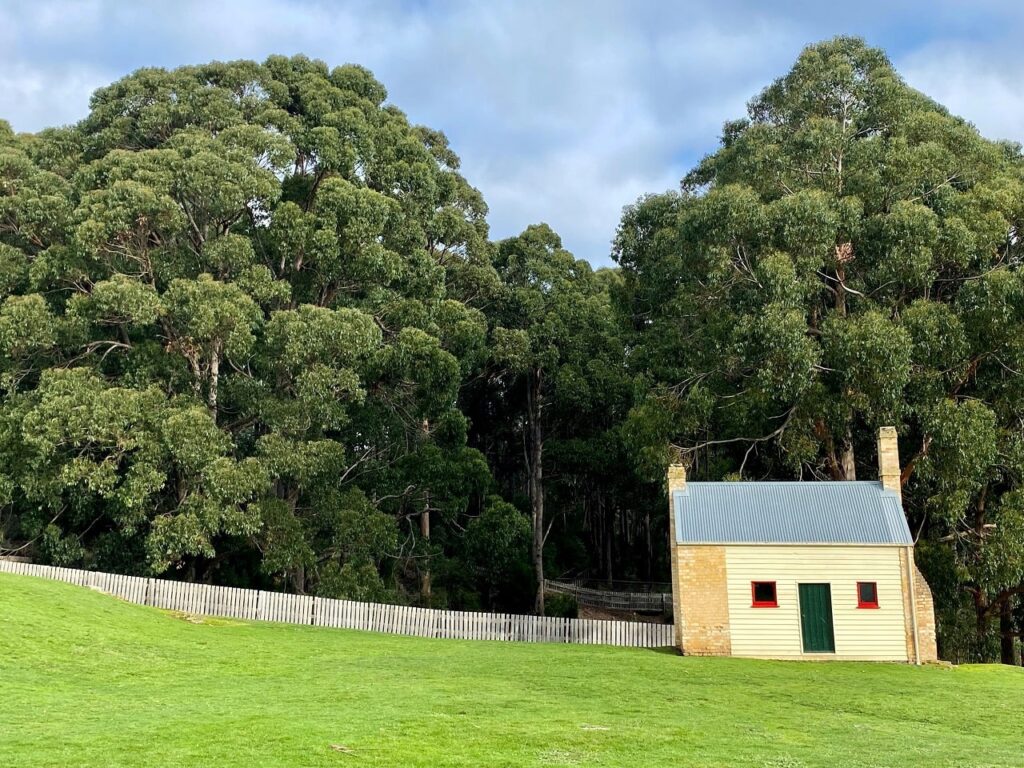SMSF Property Investment
Why invest in property with your SMSF?
Property is an asset class that has the potential to provide both income and capital growth.
Like superannuation, the property is best regarded as a long-term investment (ideally, ten years or more). Although there might be flat periods during the economic cycle, Australian residential property prices in good locations have a long-term record of capital growth. There is an old saying that there are three important considerations when buying real estate: location, location and location.
- Any income that you earn from the investment property (i.e. the rent you earn from your tenants) can be used to cover your loan repayments.
- Any capital gain that you might make if you sell the property remains in the tax-effective environment of your self-managed super fund.
The investment earnings of SMSFs are taxed at a maximum rate of just 15% before you retire. And any capital gains made on assets (like an investment property) held for longer than 12 months are taxed at just 10%.
Once you retire, no tax is payable on investment earnings or capital gains from assets that provide your self-managed super fund pension. This is known as exempt current pension income.
An SMSF investment property could be a good option for you if you are in the following position:
- You are at least ten years from retirement. Property is a long-term investment for potential capital growth. It is also not a liquid investment, so you don’t want to tie your funds up if you or any of your fund members are approaching the pension phase.
- You have stable employment.
- You continue to make regular super contributions to your self-managed super fund.
- Have a deposit of about 40% of the purchase price in your SMSF.
- Have a diverse portfolio of investment assets in your self-managed super fund.
While there are many potential benefits to investing in property, it’s an asset that should form part of a diversified investment portfolio for your SMSF.
In other words, don’t put all your eggs in one basket.
Investing in different types of assets (e.g. fixed interest, property and shares) helps to spread your risk. If one sector isn’t performing as strongly, others may be able to compensate. You’ll be less exposed to downturns or flat periods in a single asset class.
Diversification should be one of the pillars of your SMSF investment strategy.
Finally, another advantage of SMSF property investment is that there is the possibility of living in your SMSF investment property after you retire. See our How to live in your SMSF Investment Property article for further details.

What are the rules for SMSF investment properties?
Self-managed super funds are regulated by the Australian Taxation Office (ATO) and the Australian Securities and Investments Commission (ASIC). If you are considering using your SMSF to invest in property, it must comply with four regulations:
- It must meet the sole purpose test. That is, it must be bought purely to provide retirement benefits for the members of your SMSF. A self-managed super fund can have up to four members. You can’t obtain any benefits now from buying an investment property through your SMSF. For example, you can’t use it as a holiday house, and neither can any of your relatives. You also can’t buy your own home with your self-managed super fund.
- It cannot be bought or transferred from another one of your SMSF fund members or any of their relatives. This ensures that any self-managed super fund transactions are made on a commercial “arm’s length basis”. That means the buying and selling price of the property will reflect its true market value.
- It cannot be lived in by an SMSF fund member or any of their relatives.
- It cannot be rented by an SMSF fund member or any of their relatives.
However, you can buy your business premises as a commercial investment property transaction with your self-managed super fund.

What are costs when buying an SMSF investment property?
Besides the buying price, SMSF investment properties can have several associated fees and other charges that will reduce your fund balance. These can include:
- Legal fees (e.g. conveyancing and the setting up of a trust to hold legal ownership of the property)
- Stamp duty
- Ongoing property management fees (e.g. repairs and maintenance)
- Bank fees (e.g. a loan application fee)
However, many of these expenses will be tax-deductible from your self-managed super fund’s income.
It’s also important to understand that investment property loans tend to be viewed as higher risk by lenders. Higher interest rates are usually charged accordingly.
This is because there is a risk that an investment property may not always be able to attract tenants. That is, there may be periods where it is vacant and not generating a rental income.
Loan repayments for SMSF investment properties must be made from the fund itself. This means that the fund must always have enough cash flow to make these repayments. Having fixed interest investments and shares in your self-managed super investment portfolio can help to ensure this liquidity.
This article is general information only and does not provide advice to address your personal circumstances. To make an informed decision you should contact an appropriately qualified professional.
